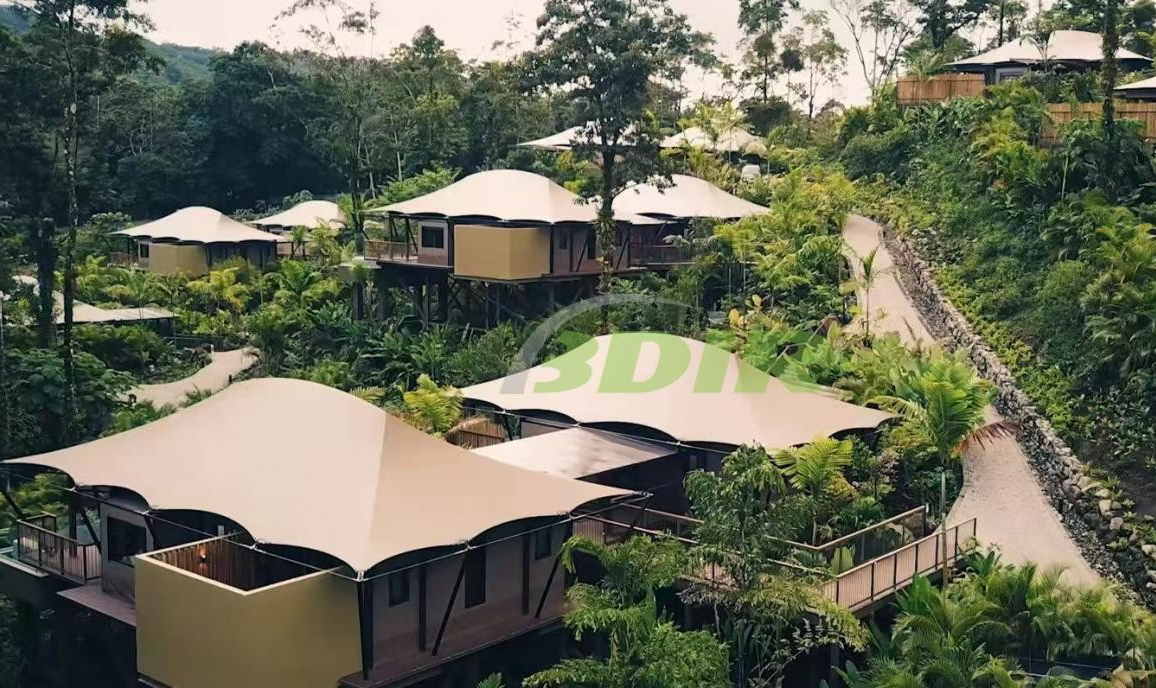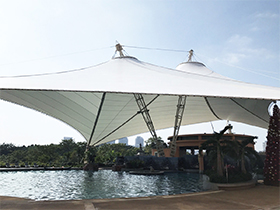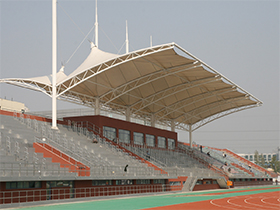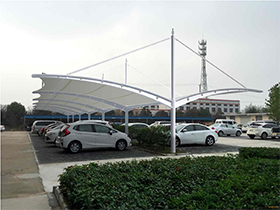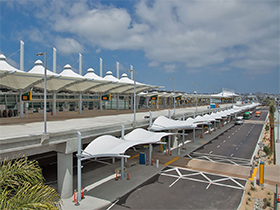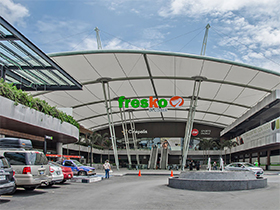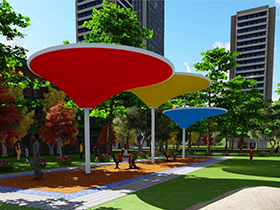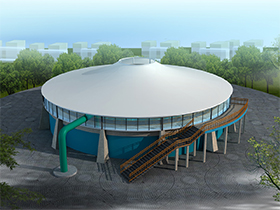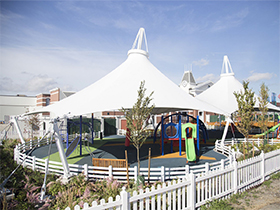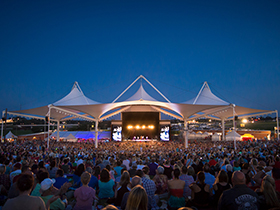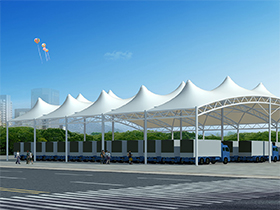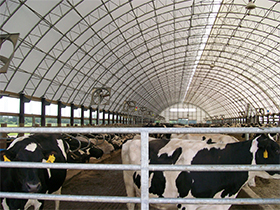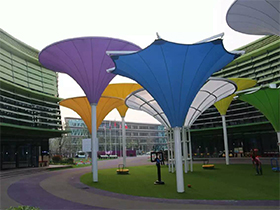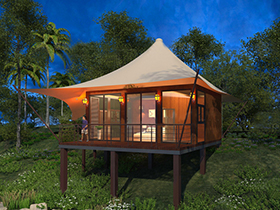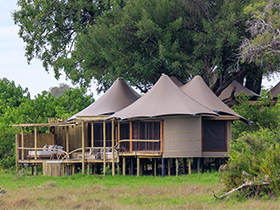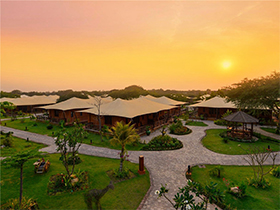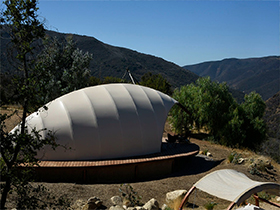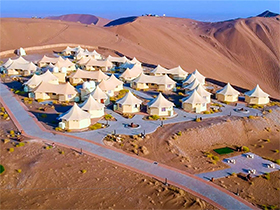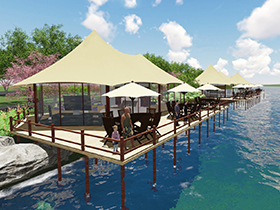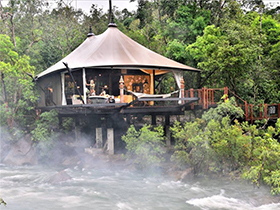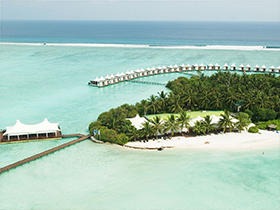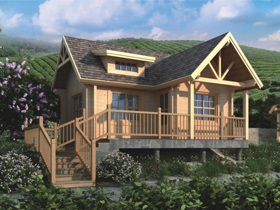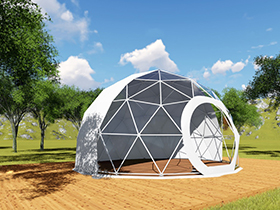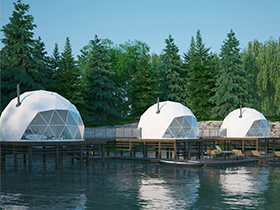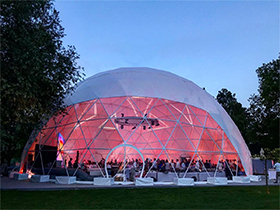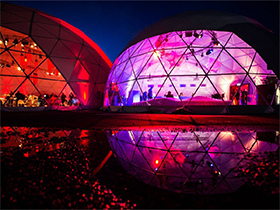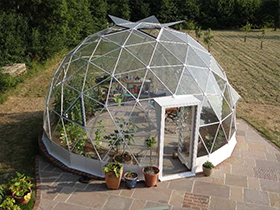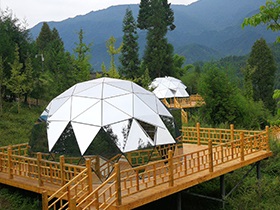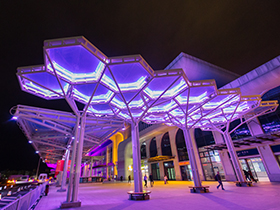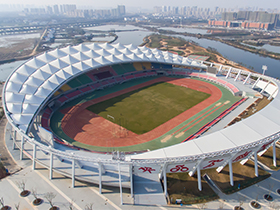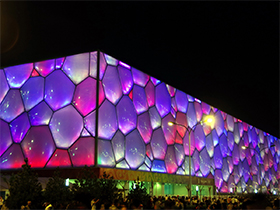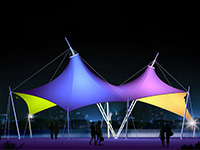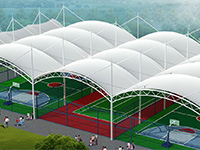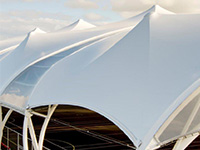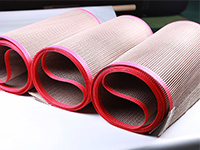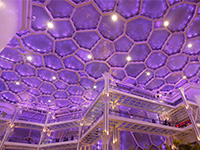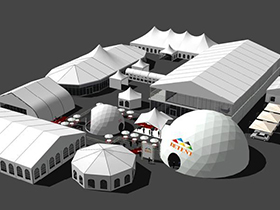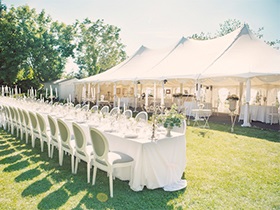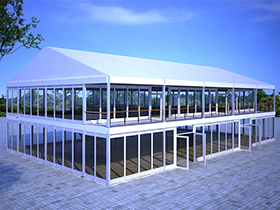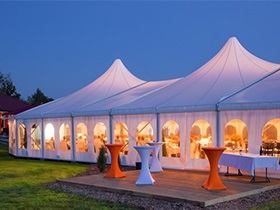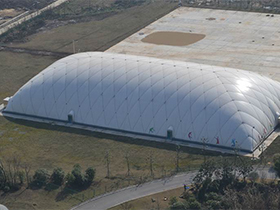Tensile Structure Installation Steps
November 10,2019
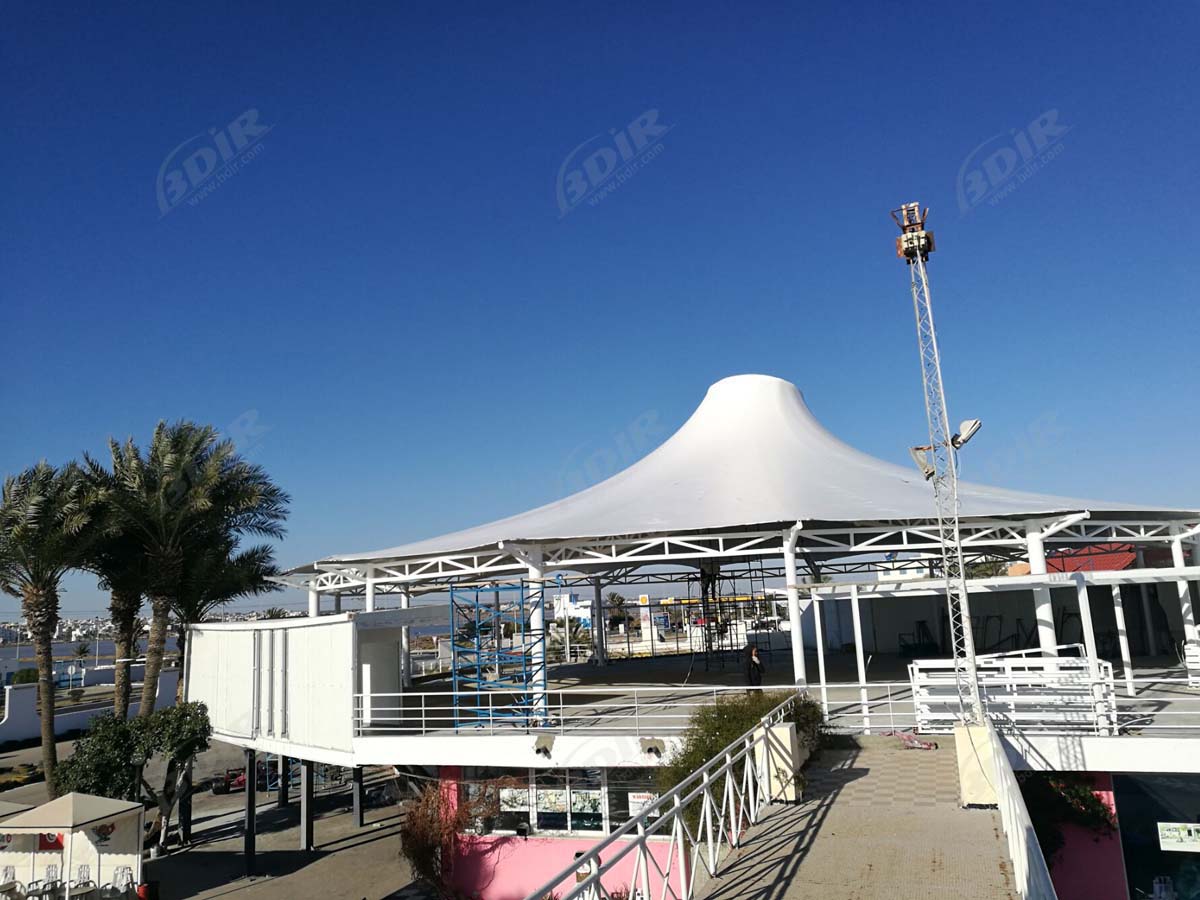
The first step: Primary Design
designing a tensile fabric structure from site visit or detailed review of photographs where the structure will be located.
Per the site location and client requirements, we design the optimal roof form which suits the aesthetics and engineering requirement, while keeping in mind the client’s budget. In the case of a reskin or roof replacement, we evaluate the structural elements to define what can be recycled and what needs to be replaced, as well as
location and set up for a 3D survey. When working with existing structure components, a 3D survey is always required.
The second step: Design and Engineering Review
The design review process begins with input from engineering and construction to ensure efficiencies throughout the project. Then, initial conceptual sketches are sent to the client for input and initial approval. In the final stage we create a 3D design package so the client can easily see the structure before it is built. Upon approval, a components list is created; patterning and shop drawings are drafted; and the fabrication and assembly process can begin.
Step three: Production Process
Includes procurement, fabrication and assembly. Most metal components of the tensile structure are custom pieces. Precision production requiring laser cutting, shaping and welding take place, forming the tensile structure’s components. The metal surface coating is determined during the design phase based on corrosion control, client requirement and application. The finished steel components are sand blasted and prepared for galvanization, epoxy or custom powder coated paint. The cables system, turnbuckles, bolts, fasteners and tensioning components are specified during the design phase, procured or fabricated (if custom) as required, and assembled in a quality controlled environment.
The membrane weight, color and characteristics are determined during the design phase. There is a wide selection of fabrics available. Engineering requirements, in conjunction with the client’s requirements, will help determine the best recommendation for the structure. Membrane is fabricated in an IAFI production
facility with skilled workers utilizing high quality RF welding machines. The temperature and heat welding process are based on the membrane selection, sub scrim and the membrane manufacturer’s best practices.
Membrane Fabrication is very important because the look of structure depends on the patterning and shaping that occurs at this time. Throughout this fabrication process, patterning, weld strength, assembly order (and accessories) and systems that integrate within the membrane (pockets, grommets, rings and reinforcements), are routinely checked for compliance. All patterned sections are pieced together on structural RF welding systems and the final quality check is complete. The membrane can be folded in a variety of methods determined by the construction methodology to accommodate the easiest and most economical installation. Upon completion, roof panels are packaged in special PE bags, a complete bill of materials is developed and the components are prepared for loading and shipping.
The fourth step: Construction
Throughout the process a project manager works with the client to coordinate the other trades on site, including any concrete foundation work.
Fencing, equipment and staging area will be pre‐determined and crew will mobilize to the site to receive the material. An experienced crew will work to complete any tear down
work (if an existing structure is present) or begin installing the frame work of the new structure. The membrane will be added once the substructure and cables are complete,
laid out in its pre‐determined packaging and unfolded on the structural system. Both compression and tension are used during the erection process. In this phase, close
attention is paid to wrinkles in fabric. By ensuring correct tolerances on the tensioning system and equaling stress across the entire structure, an even tension and finish are successfully completed.
Hot Search:
Previous:
About BDiR Inc.
Next:
Why Should Us Choose Tension Fabric Structures Replace with Traditional Buildings?

.jpg)

